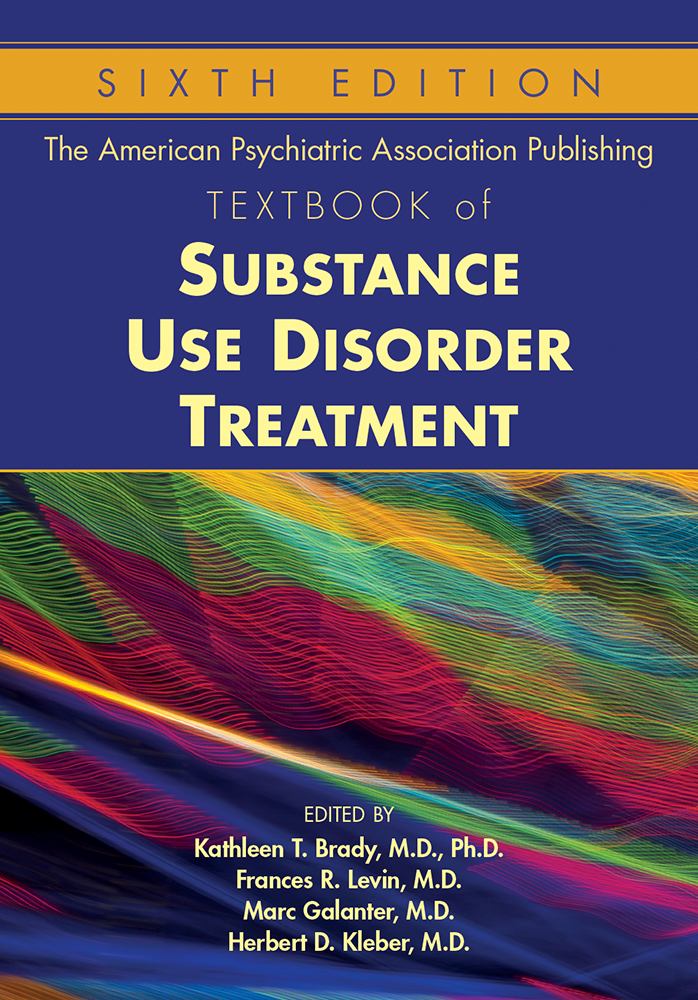Sections
Excerpt
An estimated 6%–8% of children (ages 2–18 years) in the United States are diagnosed with attention-deficit/hyperactivity disorder (ADHD), making this syndrome the most common neurobehavioral disorder presenting in childhood (Thomas et al. 2015). It is now widely recognized that ADHD persists into adulthood in one-half to two-thirds of cases (Wilens and Spencer 2010), with estimates from epidemiological data indicating that 4%–5% of adults struggle with ADHD (for a review, see Adler et al. 2015). ADHD is characterized by inattention and/or hyperactive and impulsive behaviors that are persistent across multiple settings to a degree that is inconsistent with developmental level and that give rise to social, familial, emotional, interpersonal, educational, or work performance difficulties. Compared with their non-ADHD peers, individuals with the diagnosis are also at increased risk for co-occurring learning disorders and psychiatric disorders, such as mood, anxiety, oppositional, conduct, and substance use disorders (for a review, see Adler et al. 2015).
Access content
To read the fulltext, please use one of the options below to sign in or purchase access.- Personal login
- Institutional Login
- Sign in via OpenAthens
- Register for access
-
Please login/register if you wish to pair your device and check access availability.
Not a subscriber?
PsychiatryOnline subscription options offer access to the DSM-5 library, books, journals, CME, and patient resources. This all-in-one virtual library provides psychiatrists and mental health professionals with key resources for diagnosis, treatment, research, and professional development.
Need more help? PsychiatryOnline Customer Service may be reached by emailing [email protected] or by calling 800-368-5777 (in the U.S.) or 703-907-7322 (outside the U.S.).



